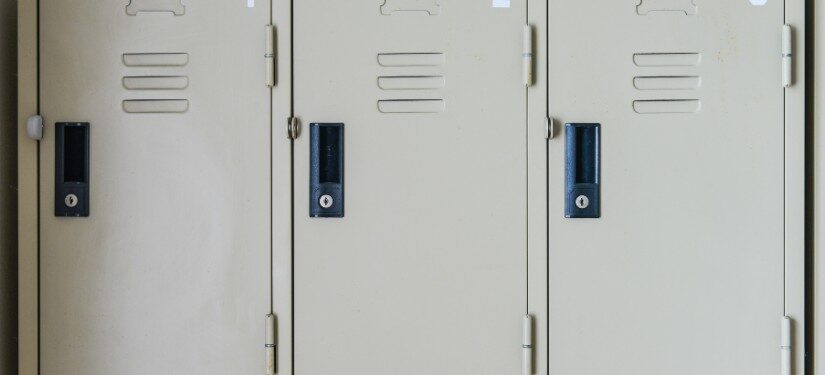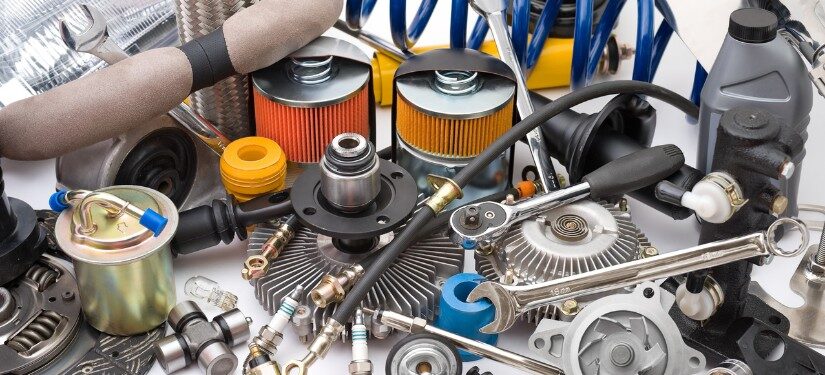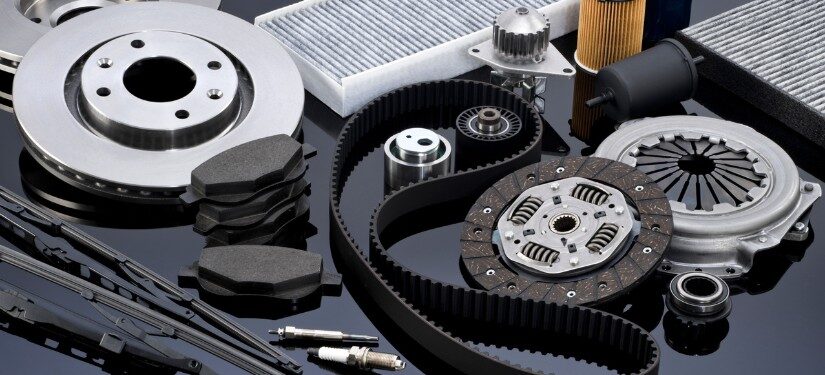

Lockers are more than just metal boxes; they are intricate assemblies of various components, each playing a crucial role in their functionality, security, and lifespan. While often taken for granted, understanding the individual locker parts is not just for repair technicians. For businesses and organizations investing in storage solutions, a basic grasp of these components is key to longevity, ensuring your investment stands the test of time and continues to serve your needs effectively.
Whether you’re purchasing new lockers for a bustling gym, an industrial workshop, or a modern office, or simply looking to maintain your existing units, knowing what goes into their construction empowers you to make informed decisions and optimize their performance.

Let’s break down the core components that make up most standard lockers:
Knowing the individual locker components offers several significant advantages for businesses:
Ultimately, each of these locker parts contributes to the overall effectiveness and durability of your storage system. They are the building blocks of reliable locker solutions that cater to diverse needs, from secure personal storage in offices to heavy-duty equipment protection in manufacturing plants.
When you’re ready to explore robust and long-lasting locker options, consider the expertise at Lockers Unlimited. Understanding the components isn’t just about technical knowledge; it’s about making a strategic investment that safeguards your assets and supports the smooth operation of your business for years to come.
At Lockers Unlimited, we combine innovation, quality, and excellent customer service to deliver the best storage solutions for your needs. From design to installation, we’re here to help every step of the way.
Ready to upgrade your space with our new lockers? Contact us today to discuss your project and find the perfect solution for your needs.
